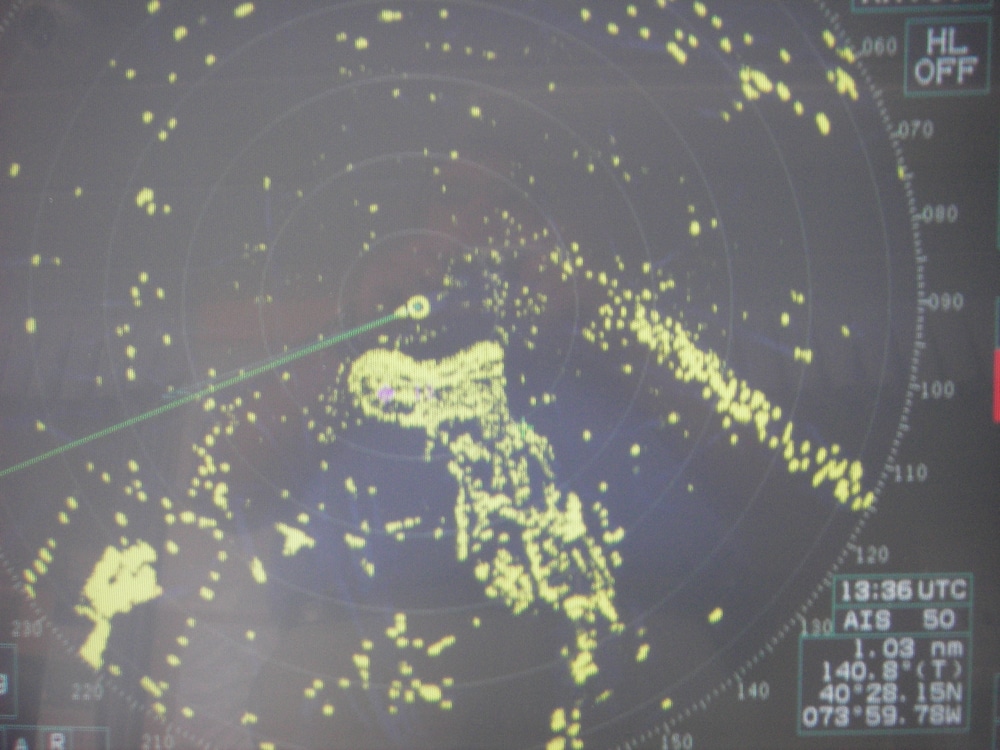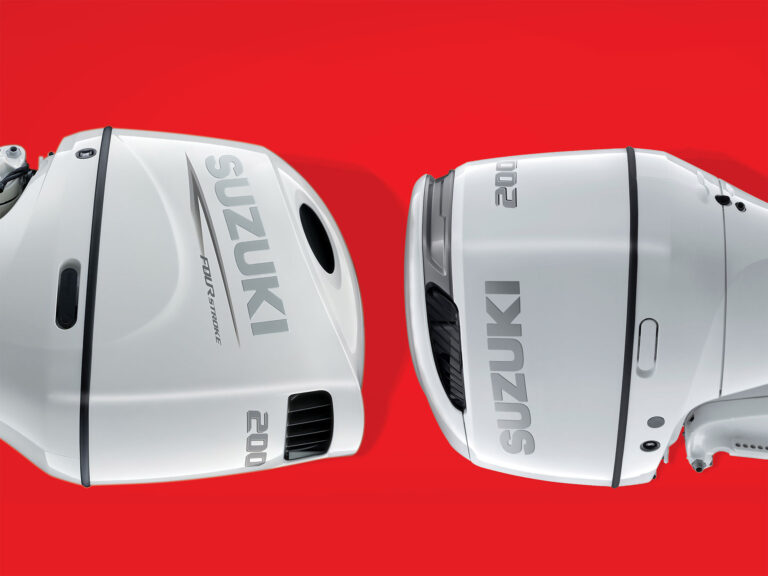
Major commercial operations, such as shipping, ferries, wind farms, and even aquaculture operations, can crowd a radar display with target returns. An infamous example is the coastal waters off Southern California, where scores of massive freighters lie on anchor while awaiting offloads at the snarled ports of Los Angeles and Long Beach.
On a clear day, the maze of ships proves easy enough to negotiate safely. But when fog blankets the coast, these huge vessels can turn invisible. That’s when radar becomes essential in avoiding collisions. Large objects are easy to identify on radar to steer clear of them. The problem is that when there are so many large returns onscreen—many of them often overlaid with AIS symbols—there is a tendency to miss smaller and weaker targets, such as recreational boats, while fixated on the bigger blobs.
My solution is threefold. First, slow down even more than normal in limited- visibility situations. This gives you time to spot weaker targets on radar. Second, assign a crewmember to stay focused on the radar screen and call out targets both large and small. Third, if you have ARPA (or MARPA), use it. This automatic radar tracking aid will acquire targets and help keep you apprised of their courses, speeds and closest point of approach, allowing you to make informed adjustments at the helm to avoid collisions and safely reach your destination.









